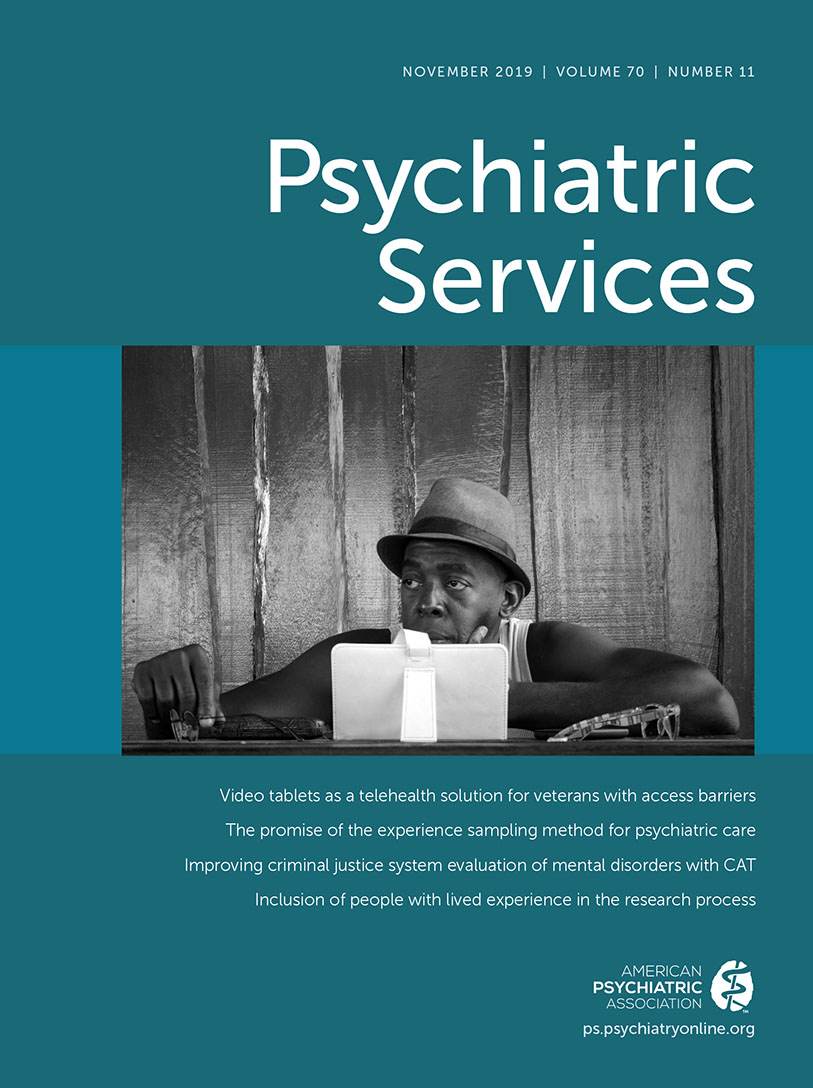IN REPLY: I thank Dr. Sharfstein for his comments. He was one of the best of the “young, idealistic” mental health professionals at the National Institute of Mental Health (NIMH) to whom I referred in my personal account (
1). His subsequent career has proven his dedication to providing services for persons with serious mental illness. Dr. Sharfstein tried to salvage the federal community mental health center (CMHC) program, but he inherited a program that was fatally flawed. One major mistake had been the selection and funding of centers directly by the National Institute of Mental Health (NIMH), completely bypassing the state mental health agencies that had had the primary responsibility for seriously mentally ill individuals for 150 years. Dr. Lucy Ozarin, who was a member of the 1963 CMHC planning task force, said that Dr. Robert H. Felix [first NIMH director] had made that decision even before the task force met (personal communication, interview with L. Ozarin, July 21, 2010).
Another major mistake was to not require the federally funded CMHCs to provide care for the patients being discharged from state hospitals. Most CMHCs therefore did not do so. As described in my 1988 book,
Nowhere to Go, the longer a CMHC was in operation, the smaller was the percentage of its referrals from public mental hospitals. “In 1976, for example, CMHCs that had been operational for 1 to 2 years had 5.5 percent of their admissions referred from public mental hospitals, whereas CMHCs that had been operational for 6 to 7 years had only 2.6 percent of their admissions referred from public mental hospitals” (
2). A 1979 NIMH report emphasized the problem: “
The relationships between the CMHCs and public psychiatric hospitals are difficult at best, adversarial at worst” (
2; emphasis in original). It has been widely claimed that President Reagan killed the federal CMHC program, but it can be equally argued that the program was stillborn.
It is important not to conflate deinstitutionalization with the federal CMHC program. Driven by the availability of chlorpromazine, the emptying of state mental hospitals was inevitable and had begun in 1955. By the time that President Kennedy proposed his new program in 1963, the state hospitals had already been downsized by more than 54,000 patients, 10% of the total. Community psychiatry was also underway. A few good mental health centers existed prior to the federal program, such as the Prairie View Mental Health Center in Newton, Kansas, which opened in the 1940s. Similarly, the Fountain House Clubhouse in New York had opened in 1948. Thus, community psychiatry predates the federal CMHC program and has continued to thrive since the demise of that program.

